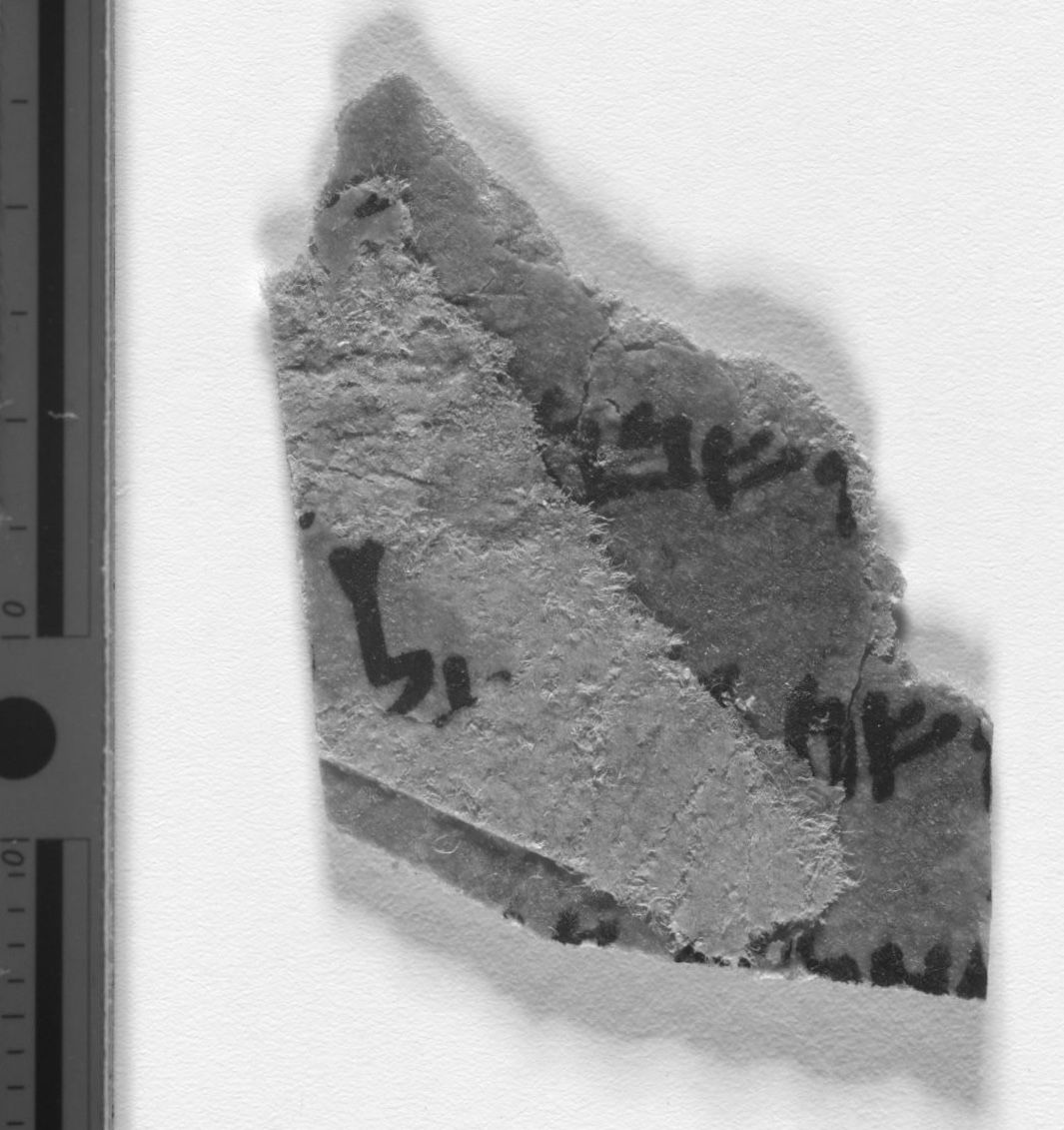SECRETS OF THE SCROLLS: Dead Sea Scroll discovered at the John Rylands Library
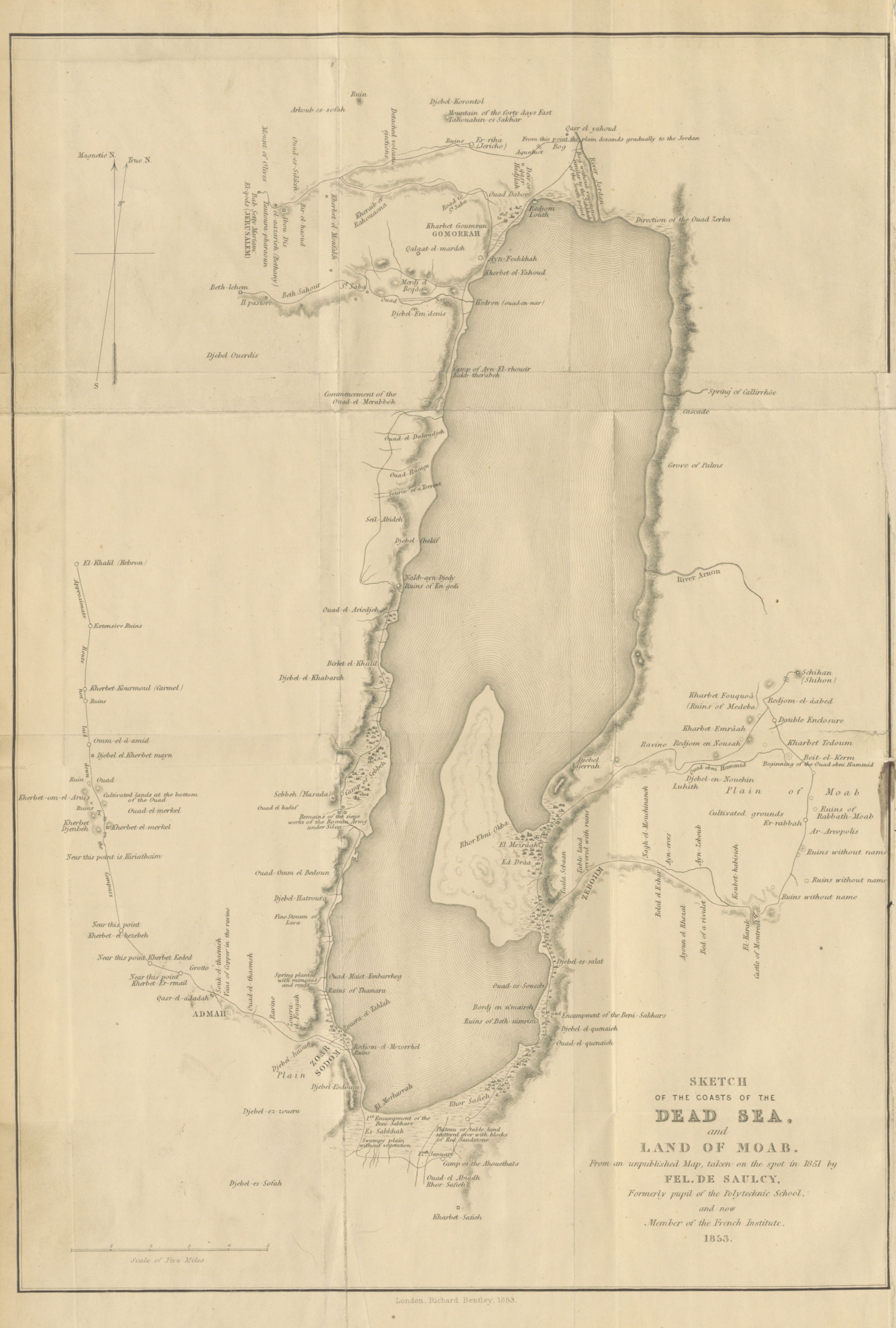
Researchers at the John Rylands Library in Manchester have discovered text on a fragment of the Dead Sea Scrolls held in their collections.
To the naked eye, the fragment appears completely blank, but revolutionary techniques have allowed us to reveal the invisible.
The discovery means that the University of Manchester is now the only university in the UK to hold a fragment of the original Dead Sea Scrolls.
But to understand where this came from, and how the team at the Rylands was able to make this discovery, we need to go back much further.
Early in 1947, a young Bedouin boy was looking for his lost sheep.
His pursuit led him to a complex of caves in Qumran, on the north-west end of the Dead Sea.
What he found inside was one of the most important archaeological discoveries of the 20th century.
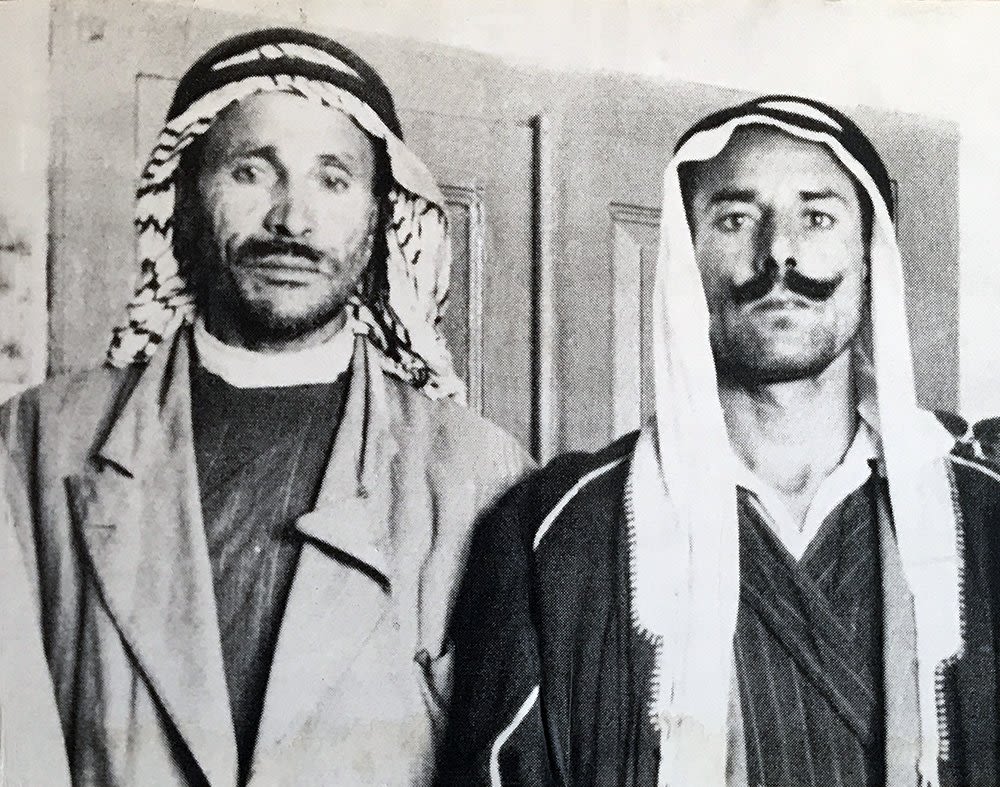
Muhammad El-Dib (right), the scrolls’ discoverer. Photo Credit: thegospelcoalition.org
Muhammad El-Dib (right), the scrolls’ discoverer. Photo Credit: thegospelcoalition.org

A map of the West Bank in 2007, with the location of the Scroll’s discovery marked in red. Image is public domain.
A map of the West Bank in 2007, with the location of the Scroll’s discovery marked in red. Image is public domain.
The shepherd, Muhammad el-Dib (the Wolf), discovered several clay pots.
Inside were the remains of over seventy scrolls.
Jordanian authorities and a team of archaeologists eventually investigated.
By 1956 over 900 scrolls and manuscript fragments were unearthed, dating as far back as 150 BC.
Altogether, about a quarter of the scrolls contained text from every Old Testament book except one.
Hundreds of other fragmentary manuscripts contain non-biblical Jewish compositions.
During those years, the Jordanian government poured the majority of its archaeology budget into the recovery, preservation, and documentation of the scrolls.
Political and religious concerns were superseded by the academic importance of the finds.
Jordan remained the main caretakers until 1967, when Israel took over their care and conservation, a responsibility it still carries for most of the scrolls.
Professor George Brooke from the Rylands, described the current situation of the Scrolls:
“Technically those scrolls have to be part of whatever agreement is eventually reached between Israel and the occupants of the West Bank.
“Nobody seriously believes they will ever be handed to the Palestinians, but they need to be part of the deal.”
In 1974, Jordan renounced its right to speak for the Palestinian people and by 1988 the occupants of the West Bank had in effect become stateless.
The same might be said for the Dead Sea Scrolls found there.
During its extensive excavations the Jordanian government filed hundreds of fragments.
In the 1950s, some of these were gifted to Ronald Reed, a researcher in leather at the University of Leeds.
The fragments were largely unremarkable, and so were thought ideal for research in this field as it would not require damaging the more priceless texts.
After Reed’s research was published, the fragments went untouched for another four decades, until in 1997 they were gifted to the John Rylands Library in Manchester.
There they remained for another twenty years, safely stowed away in the library’s vaults, largely undisturbed.
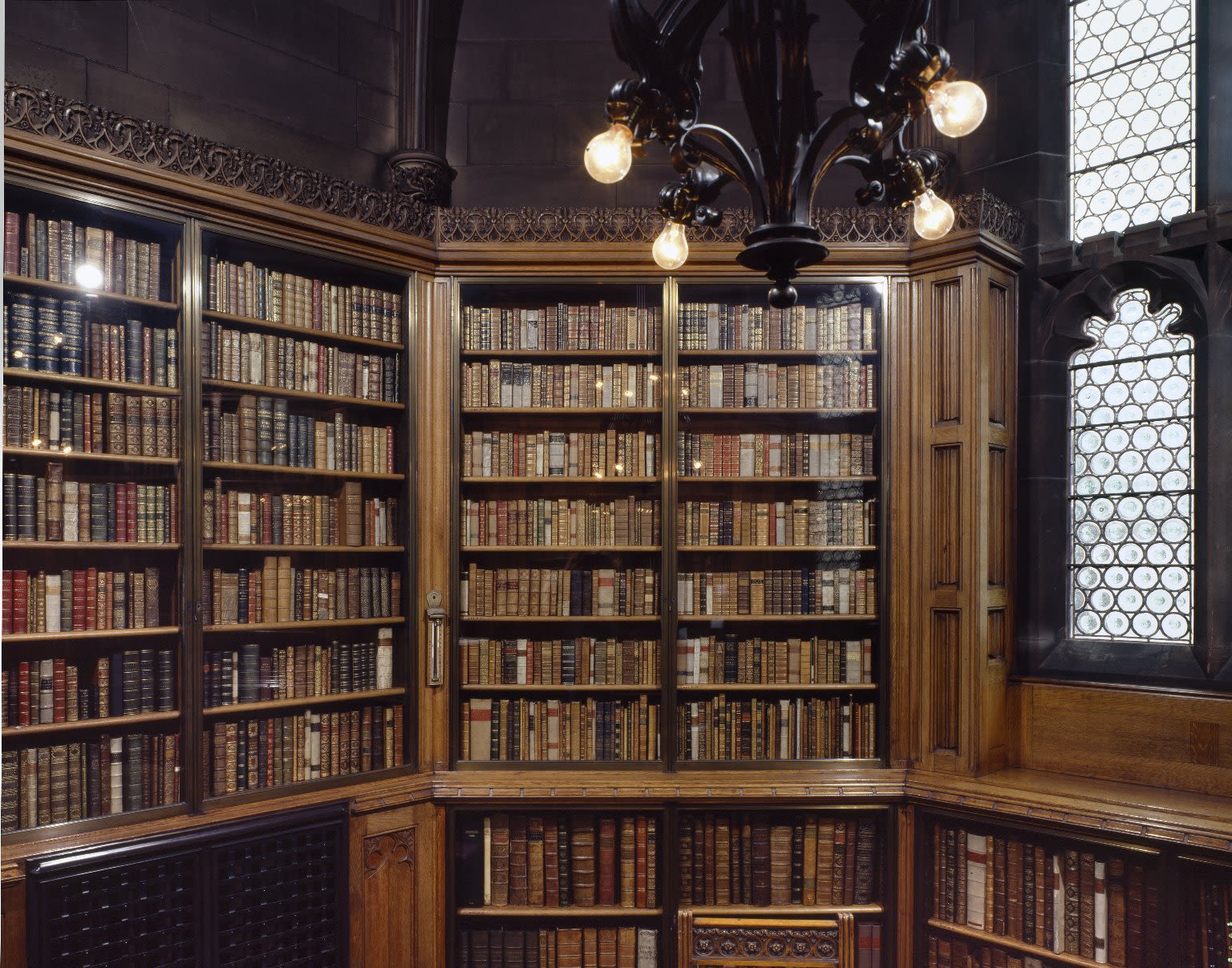
READING BENEATH THE LINES
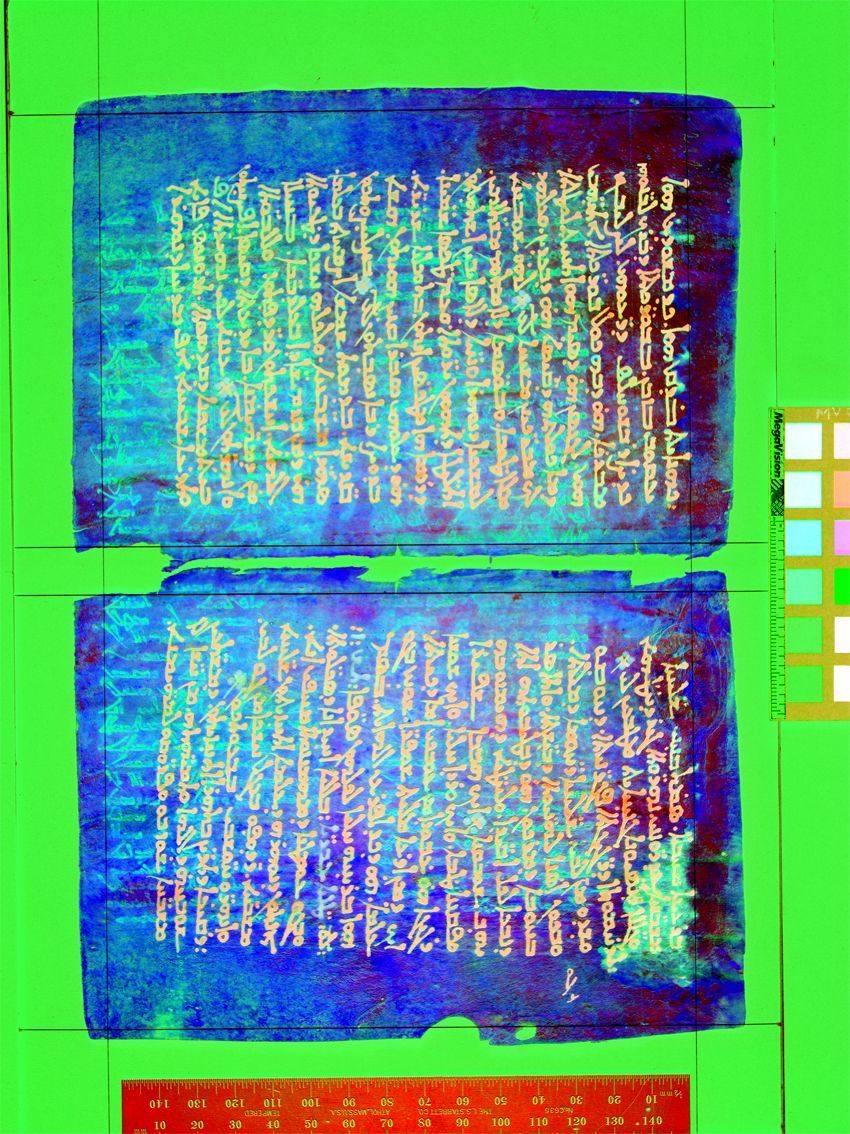
In 2012, the Rylands became one of the few photo laboratories in the UK which uses an photographic technique called “multi-spectral imaging”.
The aim of this technique is to reveal texts and images which have either faded in time or been deliberately erased from an item.
It works by exposing an item to light from many different parts of the spectrum, including UV and infa-red.
As the light reflects off residual ink on the page, it can accentuate faded texts invisible to the naked eye.
This method, perhaps unsurprisingly, originated in medical imaging techniques. It is not the only example of such crossover, as CT scans are sometimes used to look inside heritage items with minimal damage.
Unlike a CT scan however, multi-spectral imaging relies only on the reflection of light from the item.
The result can be spectacular, and reveals fascinating truths about the use and production of books throughout history.
One example is from the library's extensive collection of papyrus, including some of the earliest known manuscripts of the New Testament in their original Greek.
The fragment which contains the earliest known mention of the Last Supper, is shown by the new imaging to have also been used for something a little more mundane: a receipt of sale.
Multiple use like this was common as writing materials were extremely costly.
Even important and sacred texts might share their papyrus with bills, IOUs, or stock takes.
This picture shows the photo lab at the Rylands where the Scrolls were photographed.
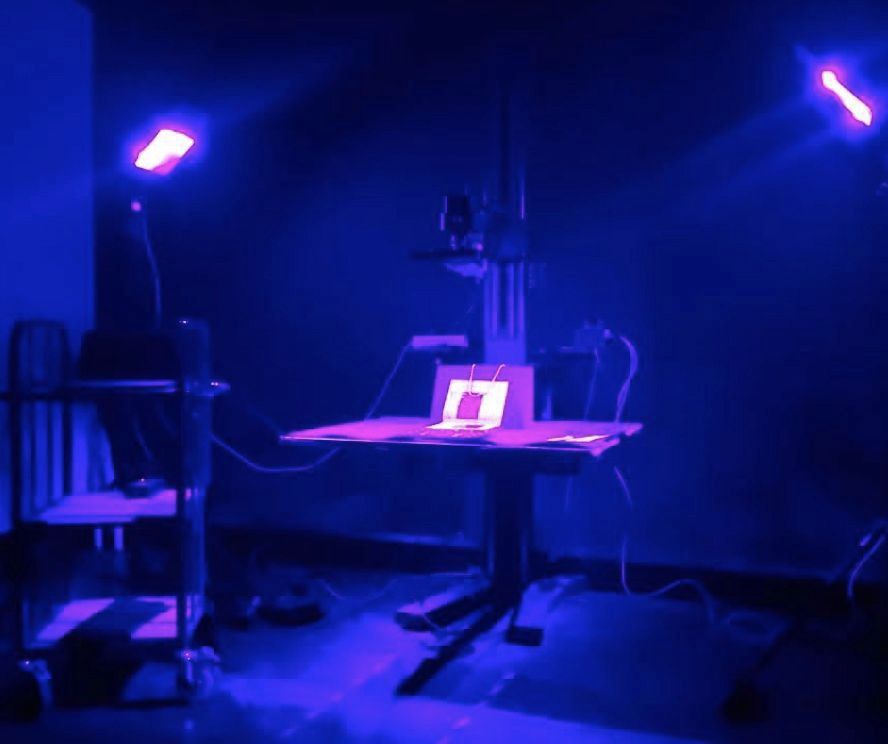
Multi-spectral imaging is also useful in preserving the collections.
Cast under UV and infared light, the famous Grafton Portrait, thought to be of William Shakespeare, reveals more secrets.
As the light changes, the Bard transforms...
Visible Light
Infared Light
UV Light
This grisly progression does not reveal a worsening case of the pox, nor any Dorian Grey style pacts.
In fact, it is restoration work carried out by conservators.
Indistinguishable to the naked eye, the marks show just how different the materials used now are compared to the originals.
Evidence gathered from this technique can also be useful in discovering forgeries.
LIGHTING UP THE PAST
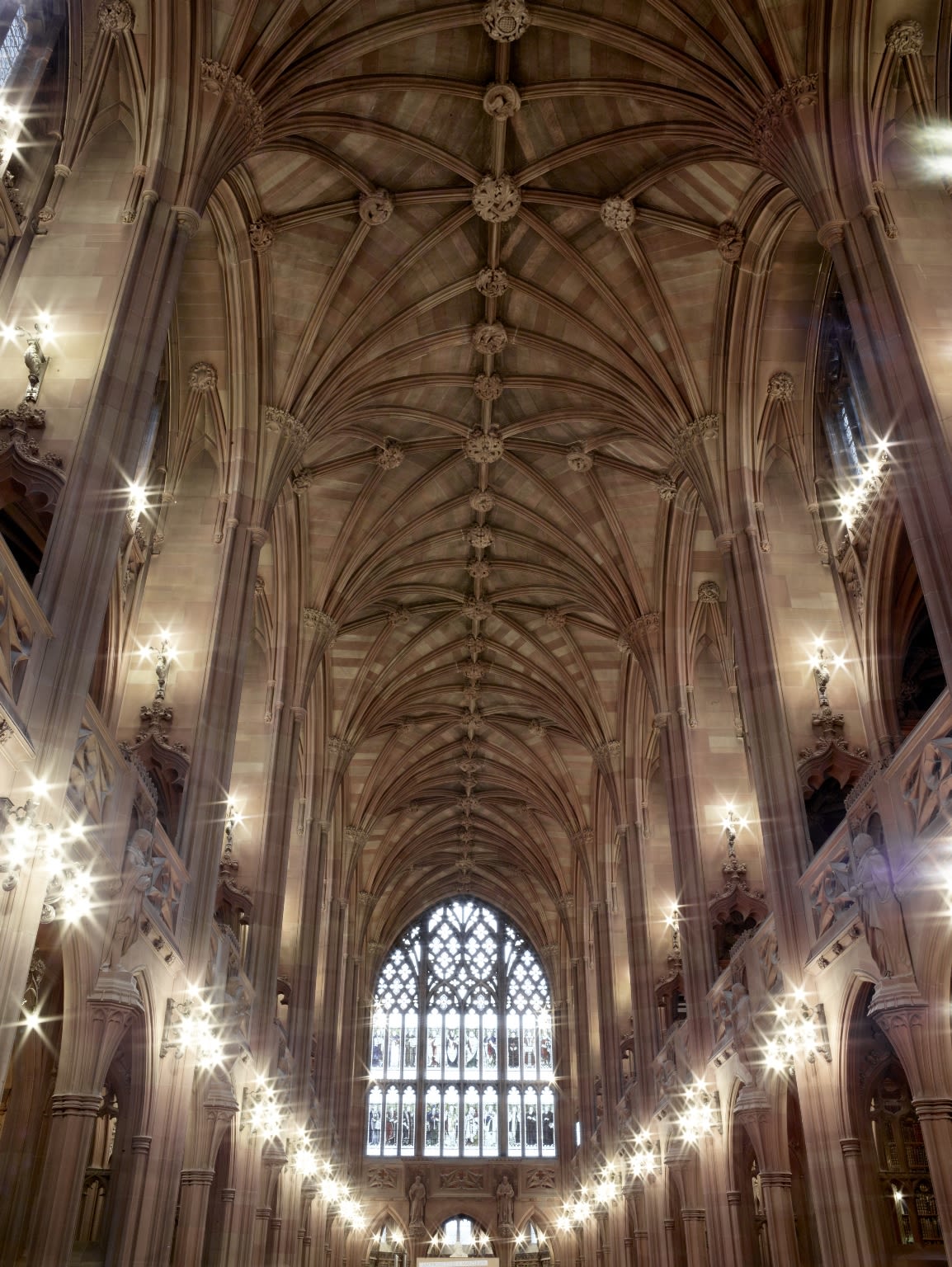
Multi-spectral imaging on samples of Dead Sea Scrolls held in the John Rylands Library has revealed text on specimens previously thought to be blank.
The discovery means that the University of Manchester is the only UK university confirmed to hold textual fragments of the original Dead Sea Scrolls.
Altogether, fifty-one fragments were photographed, of which four were found to contain readable text.
The sample had previously been used to conduct research into its chemical composition, as it was thought to contain no text and therefore be relatively unimportant.
Professor Joan Taylor, who worked on the study at King’s College London, said:
“Looking at one of the fragments with a magnifying glass, I thought I saw a small, faded letter - a lamed, the Hebrew letter 'L'.
“Frankly, since all these fragments were supposed to be blank and had even been cut into for leather studies, I also thought I might be imagining things.
“But then it seemed maybe other fragments could have very faded letters too.
“With new techniques for revealing ancient texts now available, I felt we had to know if these letters could be exposed...
“...they are like pieces of a jigsaw you find under the sofa...”
This melding of historical and scientific craft has led to an extraordinary discovery at the John Rylands Library.
Professor Christopher Pressler, John Rylands University Librarian, said:
“I am hugely grateful to Professor Joan Taylor and her colleagues, and to the brilliant work of our imaging specialists, for bringing this astonishing discovery to light.
“Our University is now the only institution in the United Kingdom to hold authenticated textual fragments of the Dead Sea Scrolls.
“It is particularly fitting that these fragments are held here at The John Rylands Library, one of the world’s greatest repositories of Judaeo-Christian texts.”
The scrolls will add to an already mightily impressive collection of papyri held at the Rylands.
Even after thousands of years, these artefacts still haven’t given up all their secrets.
It begs the question not only of what else is still out there undiscovered, but what we haven’t seen that is right in front of us, hiding in plain sight.
